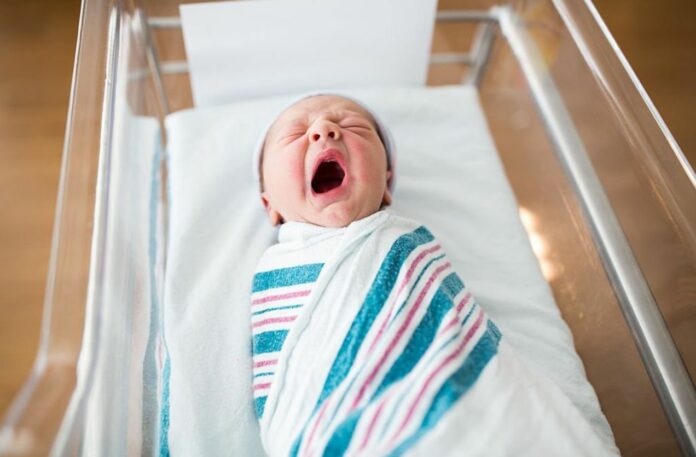Low-resource communities may lack the medical technologies necessary to detect delivery complications. Recent research reveals an affordable sensor glove that may convey information on fetal position and head force. The system, which provides real-time data via a smartphone app, might be very helpful in recognizing obstructed birth in low-resource areas.
Can cheap technologies help during labor and delivery? A new study in the open-access journal Frontiers in Global Women’s Health found a low-cost sensing glove that could do just that. The researchers devised the gadget to help healthcare personnel assess fetal position and force applied to the fetal head during delivery, which may cause obstructed labor and poor birth outcomes. In low-resource areas, the device may help improve delivery outcomes by providing real-time data during vaginal inspections.
Low-resource births
It is possible for physicians to employ a variety of medical technology to figure out what is wrong when labor is not progressing normally. However, these technology and trained personnel who can utilize them are not always accessible in low- and middle-income nations. The expense of this issue is reflected in the finding of this recent study, which found that 98% of stillbirths occur in such nations.
This problem is mostly caused by obstructed labor, in which the fetus’s position or size prevents the delivery canal from accommodating it. Doctors may treat this condition in a number of ways, but they must first recognize the issue, ideally as soon as feasible. The goal of this research was to provide a cost-effective option for healthcare providers working in underserved areas.
A low-cost smart glove for Vaginal exam
As the foundation for this technology, the researchers started with a standard surgical glove. On the fingers of the glove, they printed flexible pressure and force sensors. These sensors are made of metal-oxide nanocomposites, which when rubbed or touched against things, may produce an electric current. Researchers were smart enough to make sure that the sensors were thin enough that they wouldn’t get in the way of a doctor’s sense of touch. To keep the vaginal cavity clean, a second surgical glove may be worn over the team’s glove. The team also created a smartphone app that gives doctors real-time access to sensor data. Each detecting glove costs less than a dollar to manufacture.
System testing
The researchers used silicone elastomer replicas of newborn heads to test the system because they accurately reflected the fragile surface features of the real thing. To see whether the system could recognize characteristics that would indicate the fetal position and assess the force applied to the head, an expert obstetrician conducted mock vaginal exams utilizing the sensor glove and silicone heads.
The electrical current jumped when the glove’s finger went across the joints between the ‘bones’ of the model heads, proving the detecting glove’s accuracy. A doctor might use this information to pinpoint the location of these joints and identify the fetus’s orientation. Additionally, the glove was able to detect the force being applied on the skulls, giving the smartphone app access to real-time data.
Translating tech
The researchers want to test the glove on real people to see if it can give the same information in the real world. If it works, the device may provide low-resource areas of the globe a simple and affordable early-warning system for obstructed delivery. It could also serve as an important teaching resource for professionals in those areas.
“This is the first glove of its kind,” according to lead author Dr. Shireen Jaufuraully, “that could be used to identify fetal position and therefore may be able to improve labor outcomes.”
They “hope that with successful clinical translation, the glove may be used worldwide, increasing the safety of assisted vaginal birth.”
Source: 10.3389/fgwh.2022.1039477
Image Credit: Getty
